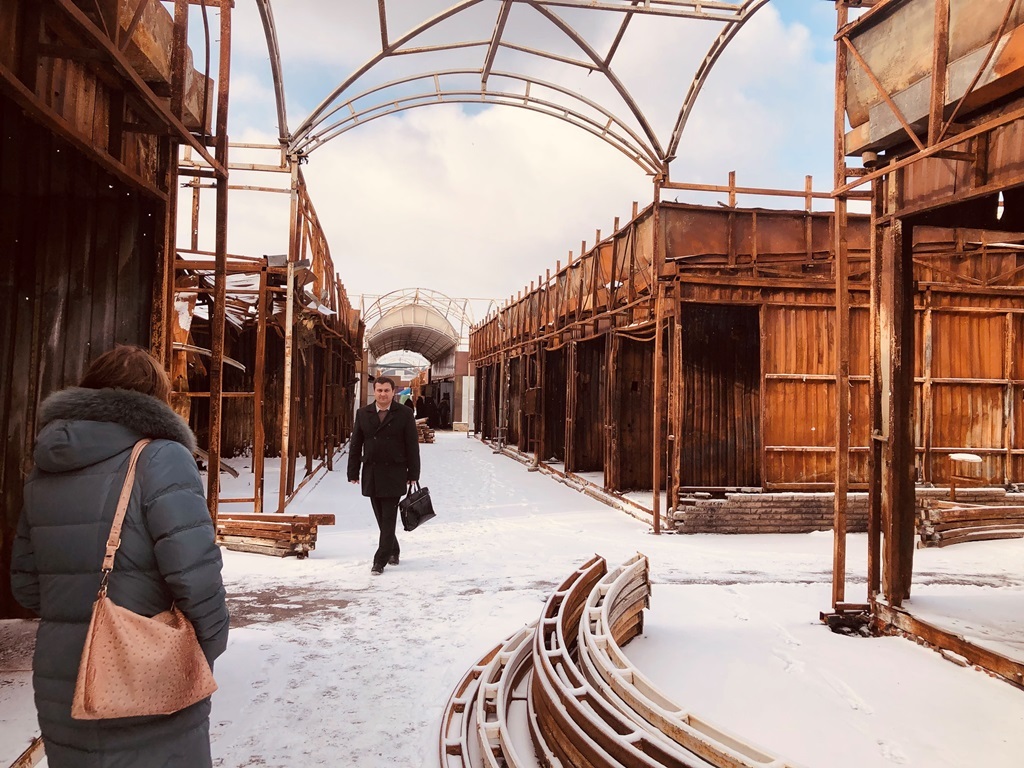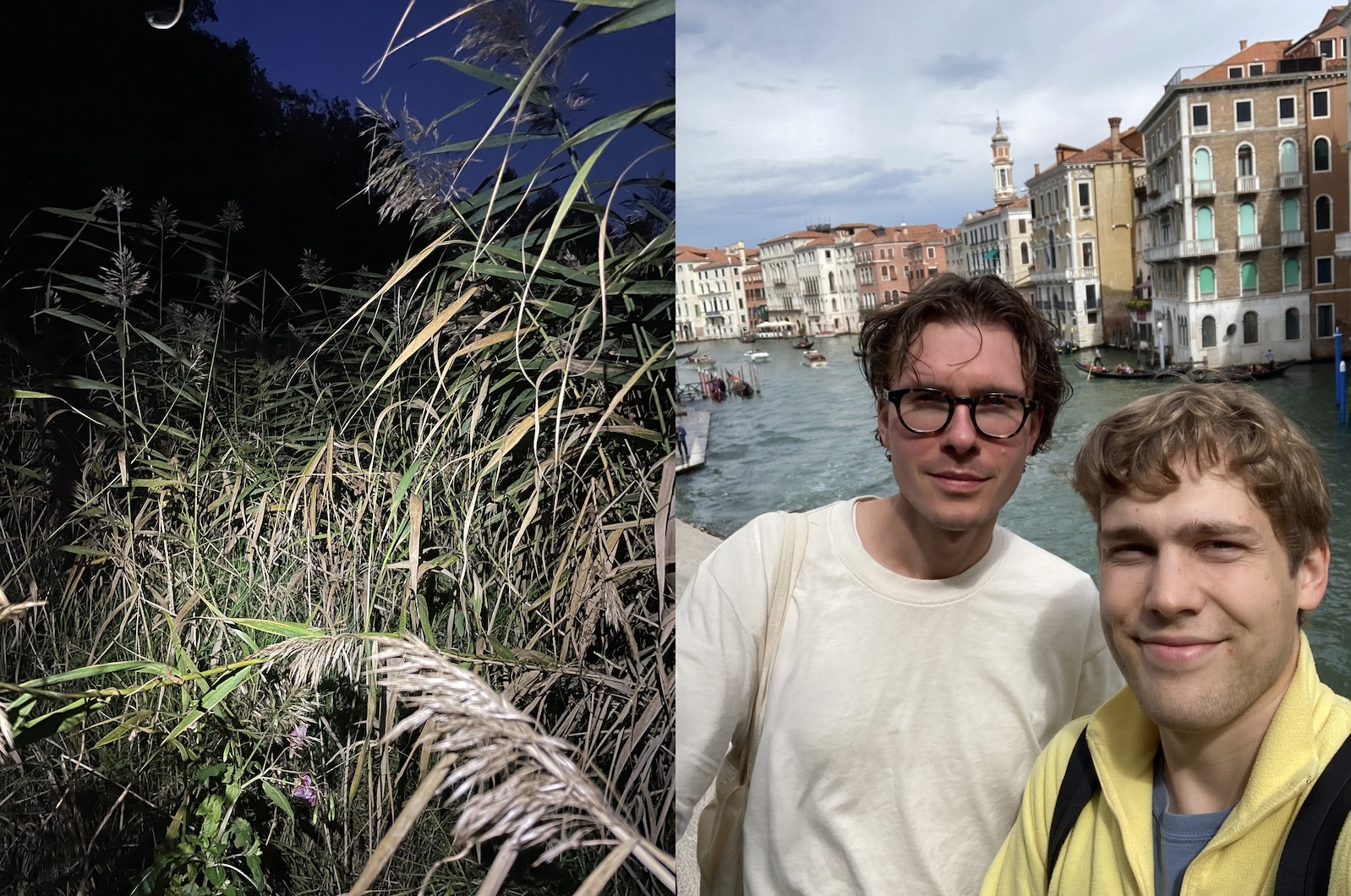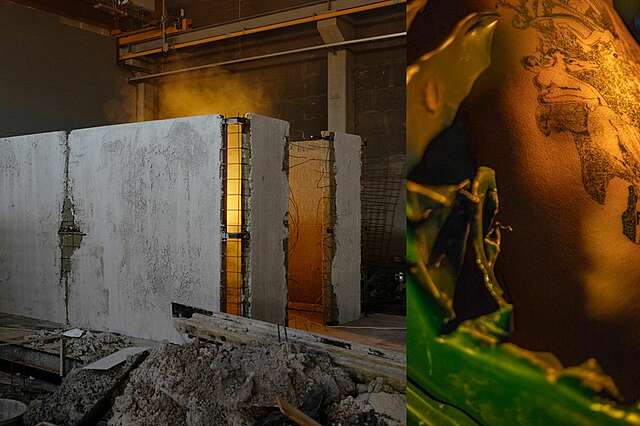Finland's super year in Venice – three Finnish teams featured in the main exhibition of the Biennale Architettura

Linda Peltola
Finnish expertise will be widely showcased at the upcoming Biennale Architettura in Venice. In addition to its own pavilion, this year Finland will be in charge of the Nordic Pavilion, and the Biennale's main exhibition will feature an unprecedented amount of Finnish projects.
The 19th International Architecture Exhibition of La Biennale di Venezia opens to the public in May. The Biennale's theme, Intelligens. Natural. Artificial. Collective, is about diverse, participatory and imaginative intelligence, according to the Biennale's chief curator Carlo Ratti.
The main exhibition of the biennale, shaped under the theme, also addresses the role of humanity and community in intelligent design. Ratti summarized the exhibition's goals: “Learning from many sciences, this exhibition hopes to accelerate the transformation of the present through fearless trial and error, and to find a better future in the process.”
As in previous years, the curator has invited teams to contribute to the main exhibition this year as well. For the first time, ideas could also be submitted through an open call organized by Ratti. Additionally, the second edition of Biennale College Architettura offered young designers under 30 the opportunity to present their projects for the upcoming architecture biennale.
Ecological reconstruction, multi-species well-being, and shared environmental protection
Finland is set for a true showcase year at the Venice Architecture Biennale. In addition to The Pavilion – Architecture of Stewardship exhibition at the Pavilion of Finland and the exhibition examining inclusive architecture at the Nordic Pavilion, Finland's standout year continues in the Biennale's main exhibition, where three Finnish teams will present their work.
One of the invited participants in the main exhibition is architect Marco Casagrande, who works as a visiting professor in Kharkiv, Ukraine. This will be his sixth time participating in the Biennale. Carlo Ratti, the curator of the main exhibition, explained that the invitation was based particularly on Casagrande's work in bio-urbanism, ecological urban restoration, and large-scale circular economy in war-torn Kharkiv, themes which will also be addressed in Casagrande's exhibition.

"In Kharkiv, a Third-Generation city is emerging, the biological ruin of an industrial city, an organic machine where what was created by humans has become part of nature. The centralized industrial machine has been destroyed, and the running of the city has returned to the hands of the people. Grandmothers grind coffee, farmers work the land and mill grain, teenagers chew gum – and the war grinds the city," Casagrande describes.
Architects Maiju Suomi and Elina Koivisto were invited to the main exhibition through the international Space for Ideas call with their Alusta Pavilion, which explores the relationships between nature and culture. This meeting place for humans and non-human animals, which has delighted numerous visitors, will be introduced next in the main exhibition of the Biennale Architettura.

“Through Alusta, we want to create space for environmental and value discussions in architecture. Who are we building for and how, what values do we promote through design? We reflect on how the making and experiencing of architecture changes if we start to see ourselves as part of nature rather than separate from it,” Suomi and Koivisto explain.
“Alusta offers a vision of a future, where architecture becomes simultaneously a practical environmental act and a poetic representation of shifting relationship with nature.”
Architect Jaakko Heikkilä and designer Emil Lyytikkä's installation Soft Infrastructure was selected through the Biennale College Architettura's open call for emerging design practitioners. The installation explores the use of reed as a sustainable material for erosion control, as opposed to synthetic solutions that disturb ecosystems.
At the core of the project is community involvement, reflecting the Finnish tradition of working together for the common good. The installation highlights the architectural value of infrastructure as part of the cultural or natural landscape.

The College Biennale Architettura program selected eight projects from the proposed submissions to be further developed and implemented as part of the main exhibition. Heikkilä and Lyytikkä participated in the Biennale workshop last fall in Venice.
“We share an interest in alternative building methods and a do-it-yourself mentality. This is our first project, and our different backgrounds have complemented each other and enriched the collaboration. We are excited to see what the 19th International Architecture Exhibition will bring along,” the duo says.
The Biennale Architettura 2025 will open to the public on 10 May and remain open until 23 November. The public opening will be preceded by preview and pre-opening days from 7 to 9 May. Design professionals and media can already apply for accreditation to the 19th International Architecture Exhibition directly from the Biennale organisation. Accreditation as a guest of the Pavilion of Finland will open in March.
Read more about the exhibition at the Pavilion of Finland here. For more information on the Nordic Pavilion exhibition, click here.


